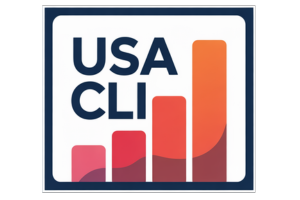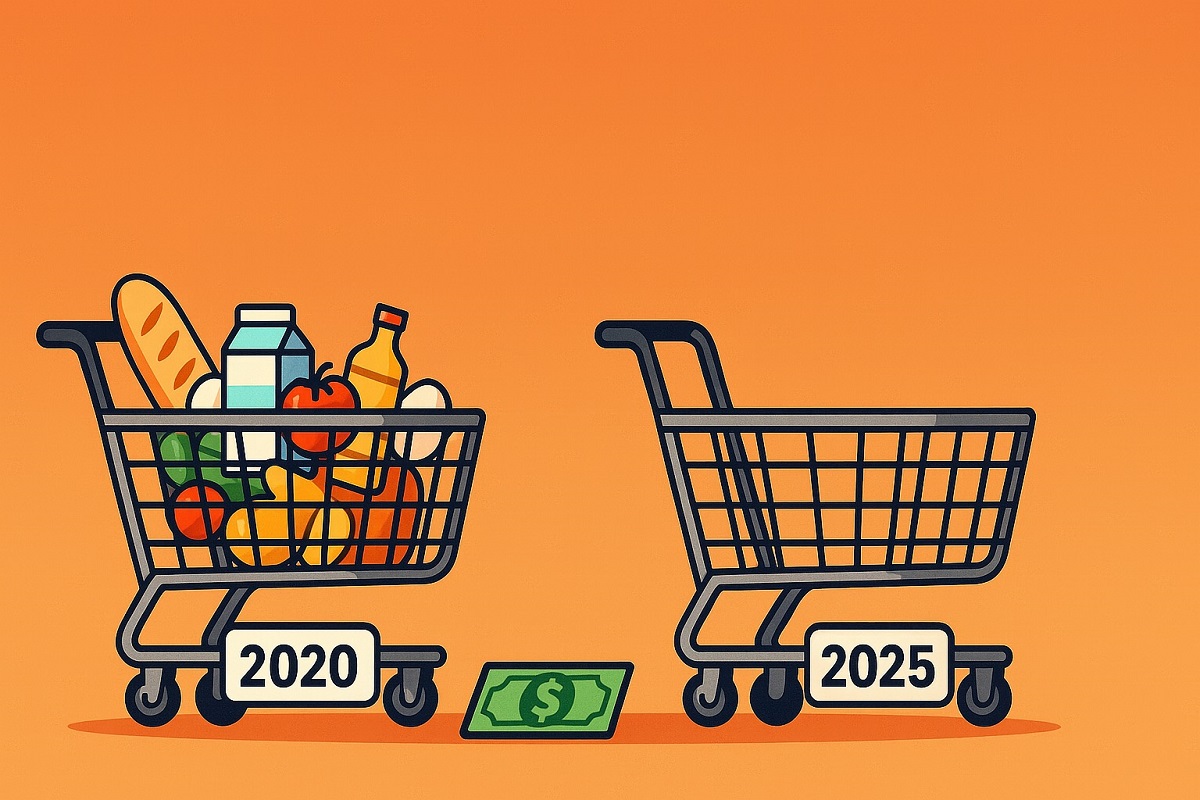Inflation in the United States surged again in June 2025, reversing a brief slowdown seen earlier in the spring. The Bureau of Labor Statistics (BLS) reported a 0.3% increase in the Consumer Price Index (CPI) for June, bringing the annual inflation rate to 2.7%.
Core inflation, which excludes volatile food and energy prices, rose 0.2% on the month and now sits at 2.9% year-over-year.
The cost of essentials continues to pressure American households despite cooling interest rate expectations.
June CPI Breakdown

The monthly data reveals that inflation remains persistent in key categories. Shelter, food, and apparel were the leading contributors to the overall increase.
Gasoline prices fell slightly but not enough to offset broader cost hikes.
| Category | Monthly Change | Year-over-Year |
|---|---|---|
| All Items | +0.3% | +2.7% |
| Core (Excl. Food & Fuel) | +0.2% | +2.9% |
| Shelter | +0.2% | +3.8% |
| Food | +0.2% | +2.2% |
| Apparel | +0.7% | +2.1% |
| Gasoline | -0.5% | +0.6% |
| Used Vehicles | -1.5% | -10.1% |
This category has become a recurring source of upward inflation pressure over the past 18 months.
Also Read: Popular Engineering Jobs in the US.
Household Pressure Points

Food prices continue to climb modestly. Grocery prices rose 0.2% in June, while restaurant meals increased by 0.4%. Eggs, chicken, and fruits led the food-at-home gains. Apparel costs, often overlooked, jumped 0.7%-the highest monthly increase in clothing prices since February.
Despite wage growth in sectors like tech, health care, and manufacturing, real wages remain flat in several service occupations. Purchasing power is being eroded by inflation that outpaces salary adjustments in retail, hospitality, and elder care industries.
Tariffs and Policy Impact
The June inflation spike comes amid newly enacted tariffs on Chinese electric vehicles, steel, and medical products. Economists at Oxford Economics and Bank of America have warned that the tariffs could add 0.4 to 0.6 percentage points to headline inflation over the next 12 months.
Businesses may pass import costs to consumers, especially in construction and consumer goods.
The Federal Reserve acknowledged the uptick but has not shifted its forecast for one rate cut before December.
Chair Powell emphasized the need for “data-dependent caution” after the latest CPI report. Markets reacted with minor volatility, pricing in a 65% probability of a rate cut in September.
Regional Cost of Living Trends
Metropolitan areas show diverging inflation paths. According to July updates:
- Phoenix, AZ: Yearly CPI at 4.1%
- Miami, FL: Yearly CPI at 3.9%
- Minneapolis, MN: Yearly CPI at 2.1%
- San Francisco, CA: Rent inflation has eased to 1.8%
Sunbelt cities continue to experience housing cost pressure, largely due to high demand and slow permit approvals.
Public Sentiment and Consumer Habits

A June Gallup survey found that 58% of Americans believe their standard of living has declined in the past year. Over 70% of respondents cited grocery prices as their top concern.
In response, many households have shifted toward bulk buying, store-brand goods, and fewer restaurant visits.
E-commerce grocery orders for high-protein and high-fiber foods rose by 39% in Q2. Demand for alcohol-free beverages and energy supplements also spiked, aligning with broader health-conscious behavior.
Outlook
The return of inflation momentum in June has complicated the picture for policymakers and households alike. Core inflation remains above the Fed’s 2% target, driven by sticky costs in housing and services.
While overall inflation has cooled since its 2022 peak, price pressures persist across essential categories.
Economic observers now face a divided landscape. Some see the June report as a temporary blip tied to summer demand and tariff noise. Others warn that inflation could entrench again if shelter and labor markets remain tight.
With July and August reports still to come, the next few months will test the resilience of both monetary policy and the average consumer’s budget.
Read Next: U.S. Cities With Best Air Quality
I am Imran Burton, a passionate researcher dedicated to uncovering the numbers that shape daily life across the United States. I turn raw data into stories, making complex trends clear and engaging for everyone. My work shines a light on the facts behind the headlines, helping readers see the country through fresh and honest numbers.

